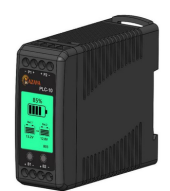Looking at Chins or Ampere Time batteries from amazon (12v200ah models) and they both say 4s4p MAX. Why is this?
How would the batteries even know if I set up for example 16 units all in parallel for a massive reserve bank?
How would the batteries even know if I set up for example 16 units all in parallel for a massive reserve bank?
Our Lifepo4 batteries can be connected in parallels and in series for larger capacity and voltage. Allow to be extended up to 4 in series and 4 in parallel (Max 4S4P) to get more capacity (Max 800Ah) and higher voltage (24V, 36V, 48V).




